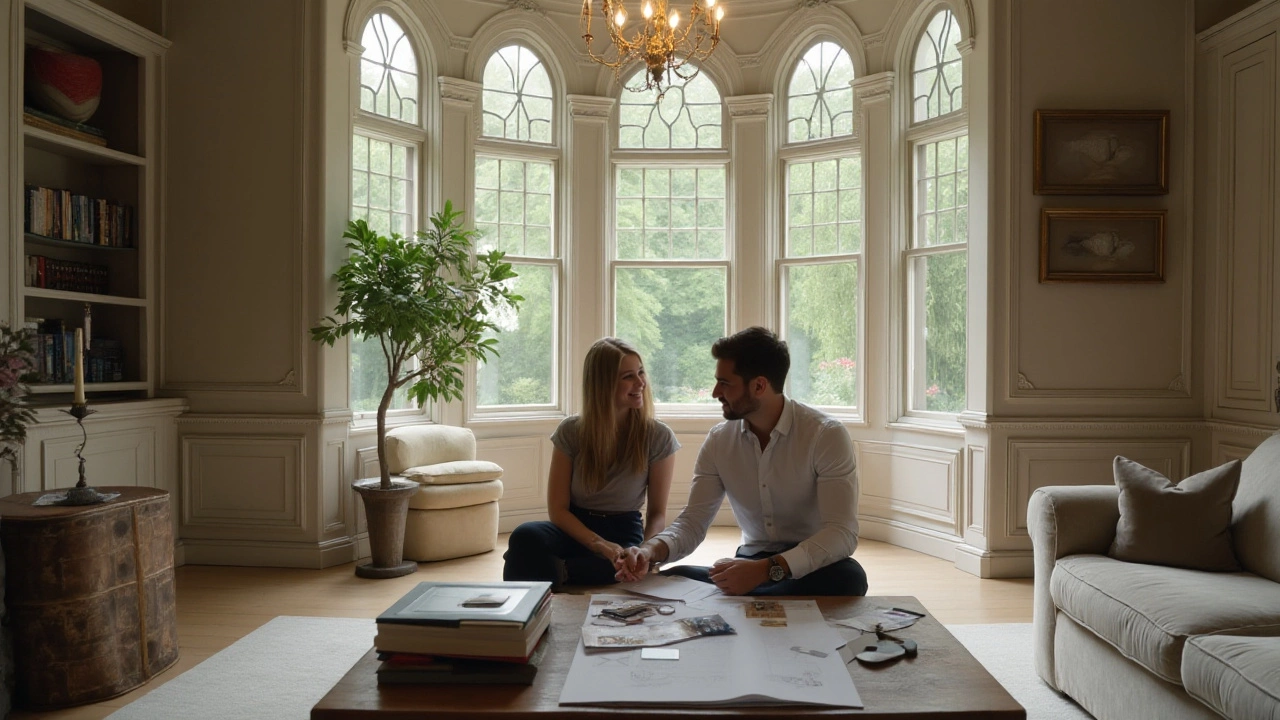Interior Design Cost: A Practical Guide to Budgeting
Thinking about a home makeover? One of the first questions most people ask is, “How much will this cost?” The answer depends on several factors, but you can keep surprises to a minimum with a solid plan. Below we break down the main cost drivers and give you simple tricks to stay on track.
Breakdown of Typical Interior Design Expenses
First, designer fees. Some designers charge a flat rate per room, others work hourly, and a few take a percentage of the total project. Expect anywhere from £30 – £150 per hour, or 10‑15% of the overall spend if they use a percentage model.
Next up are materials. Flooring, wallcoverings, and countertops can quickly become the biggest line item. For example, engineered hardwood can run £30‑£80 per square metre, while luxury vinyl plank sits around £20‑£45 per square metre. Choose a material that fits your style and budget; you don’t need the most expensive option to look great.
Furniture and décor add another layer. A sofa, coffee table, lighting fixtures, and accessories can range from a few hundred pounds to several thousand. Prioritise pieces you’ll use daily, and consider mixing high‑end items with more affordable finds.
Labour and installation fees are often overlooked. Electricians, plumbers, and carpenters each charge their own rates, typically £25‑£50 per hour. Getting several quotes helps you spot outliers and negotiate better terms.
Don’t forget hidden costs. Permit fees, waste disposal, and unexpected repairs can add 5‑10% to your budget. Build a small contingency fund to cover these surprises.
Smart Ways to Keep Costs Low
Start with a clear budget before you meet a designer. Write down the maximum amount you’re comfortable spending and share it early on. This forces the designer to suggest realistic options.
Ask for a detailed estimate that lists each category. Seeing the numbers broken down makes it easier to trim where needed—maybe you can swap a pricey wallpaper for a fresh coat of paint.
Consider doing some tasks yourself. Painting walls, assembling flat‑pack furniture, or rearranging existing pieces costs nothing but time. Even small DIY steps can save a few hundred pounds.
Shop sales and look for outlet stores. Many manufacturers discount flooring and tiles at the end of each season. If you plan ahead, you can snag high‑quality products for far less.
Finally, think long term. Investing a bit more in durable materials may cost more upfront but saves money on replacements down the road. A sturdy hardwood floor, for example, lasts decades and retains value.
Bottom line: interior design doesn’t have to break the bank. By understanding where money goes and using a few budgeting tricks, you can create a space you love without the stress of hidden expenses.
Hourly Rates in Interior Design: What to Expect
- Gavin Whitaker
- |
- |
- 0
Interior design work can transform a home, but understanding the costs involved is crucial for budget planning. In 2025, the hourly rates for interior designers can vary significantly based on expertise, location, and the scope of the project. This article explores these factors in depth, offering practical tips for hiring a designer within your budget. From initial consultations to detailed design plans, learn what to expect cost-wise when hiring an interior designer.
View more